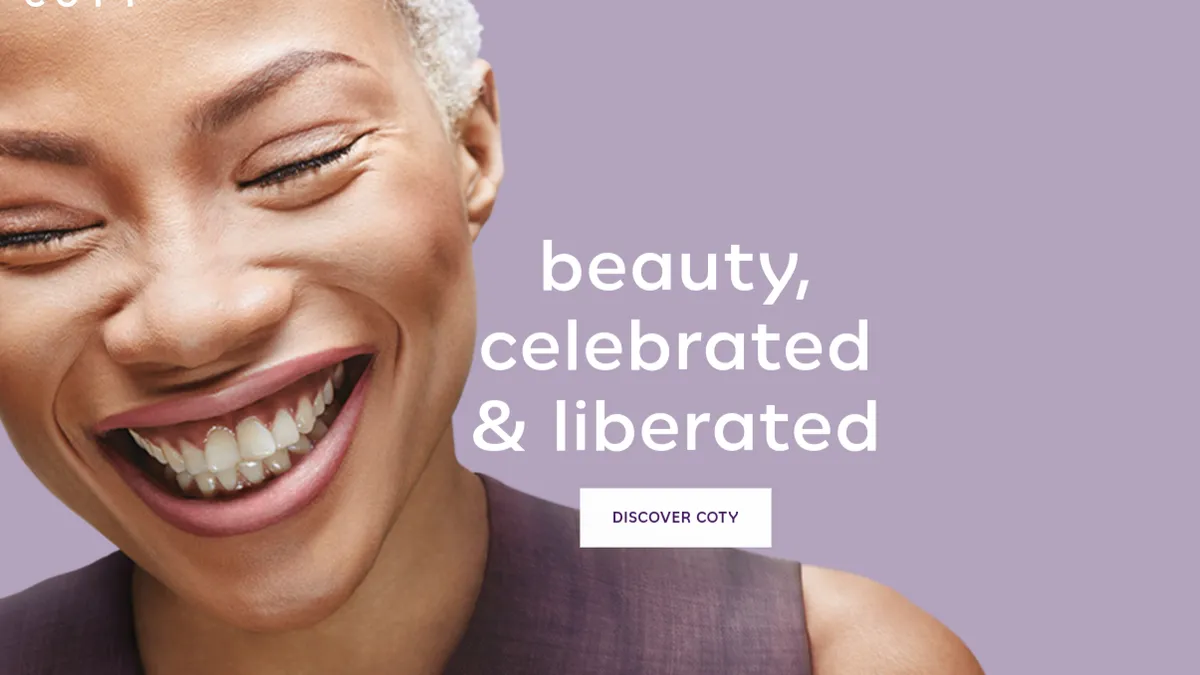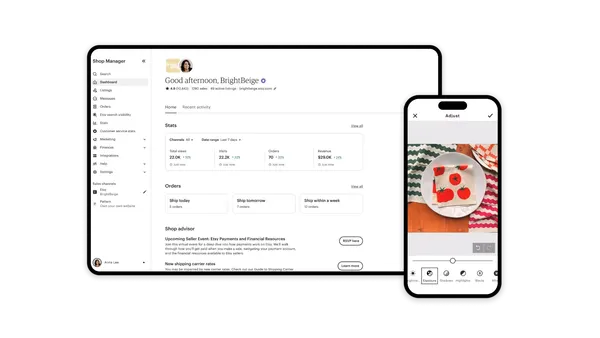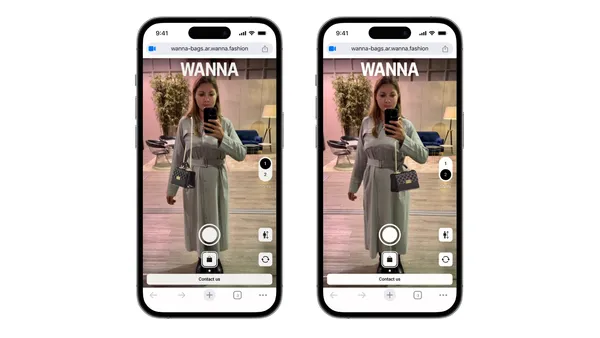Dive Brief:
-
Beauty company Coty has introduced a Google Assistant Action called Clairol Color Expert, which it claims is the first at-home hair color feature for the voice-activated virtual assistant, according to a Coty press release.
-
The Clairol Color Expert is designed to guide consumers through the at-home hair color process, including help with finding the right shade, applying color, re-application and aftercare.
-
Users can activate the Action by saying, "Hey Google, talk to Clairol." The feature was created by Beamly, which is Coty’s in-house MarTech agency, and voice application developer Voxly Digital.
Dive Insight:
Google’s Actions, the internet giant’s answer to Amazon’s Alexa Skills, have been gaining a much bigger profile over the last year. Google started 2018 by expanding and enhancing developer tools to encourage companies to create more Actions. It has also won over retailers like Walmart and Asos for voice shopping, and more recently Google won support from big brands Best Buy, Nike and Sephora for its Shopping Actions capabilities.
Coty’s Clairol Color Expert Action arrives about 11 months after Coty launched its Let’s Get Ready Skill for Alexa and the Echo Show. The two features have different aims and cover much different ground, but the timing difference may highlight the notion that when it comes to developing applications for voice assistants, companies have been developing for Amazon Alexa first, and for Google Assistant and other virtual assistants later.
That’s because Amazon’s Alexa is the market pioneer and remains the market share leader among voice-activated assistants. Google, though, largely because of its strategic efforts over the last year, is expected to take a bigger bite out of that share by the end of this year.
Companies like Coty may have to make decisions about how and where to prioritize their voice application development efforts, but the one thing they shouldn’t do at this point is put the whole thing off. It’s still pretty easy for new Skills and Actions launched by retailers and brands, like this one, to grab headlines and build a buzz. Voice-activated assistants are relatively new, and users are eager to try out the apps that are most personally relevant to them, but with more assistants coming onto the scene, and in many more devices, there will be many more apps. That crowded market will demand more marketing energy if retailers and brands want their voice apps to get noticed.











